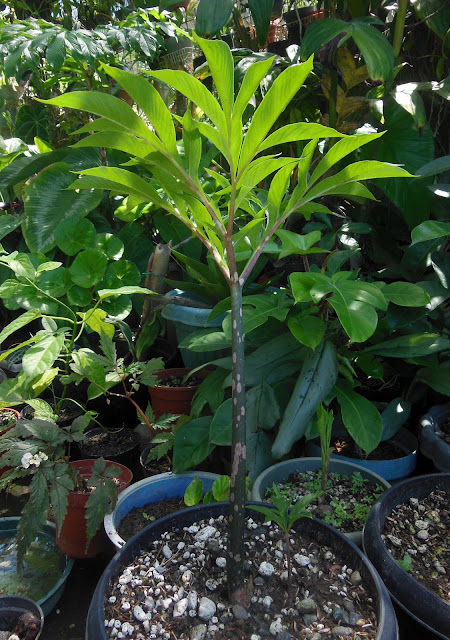Materials for an inorganic cactus and succulent mix

Since I started my advocacy on using mineral mixes for cacti and other succulents, I have been getting swamped with inquiries regarding the types of rocks to be used, the ratio in relation with the other materials, and other nuances. In this post I will be getting more specific and discuss why some materials are not really suitable for use in this regard and why some ingredients are better than the others. But first let's talk about the pots. Pots Perhaps no other branch in horticulture has experimented with so many different kinds of containers than in the succulent sector. The often fantastic shapes of succulent plants lend themselves very well to such containers, many of which can be downright outrageous or even more beautiful than the plants they hold. Whichever container you use, it would be for the best interest of your plant if you choose one that is one or two steps larger than what you would normally consider for the size of the plant. I have said this before and




